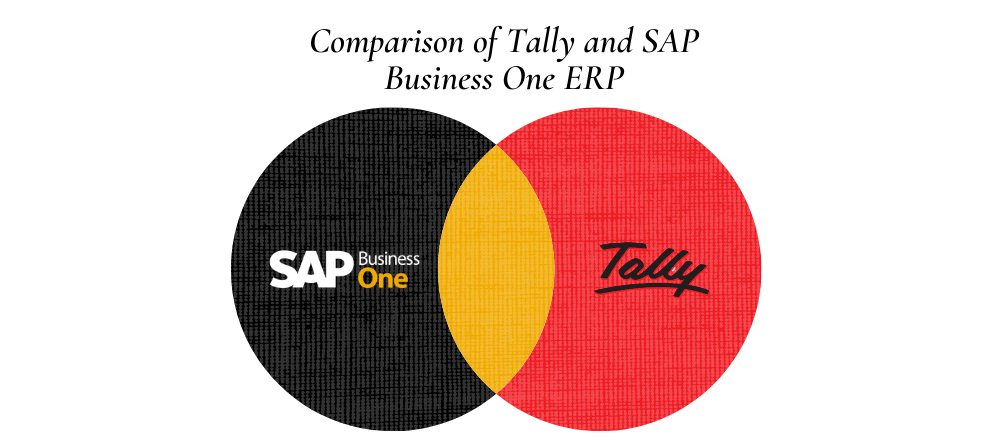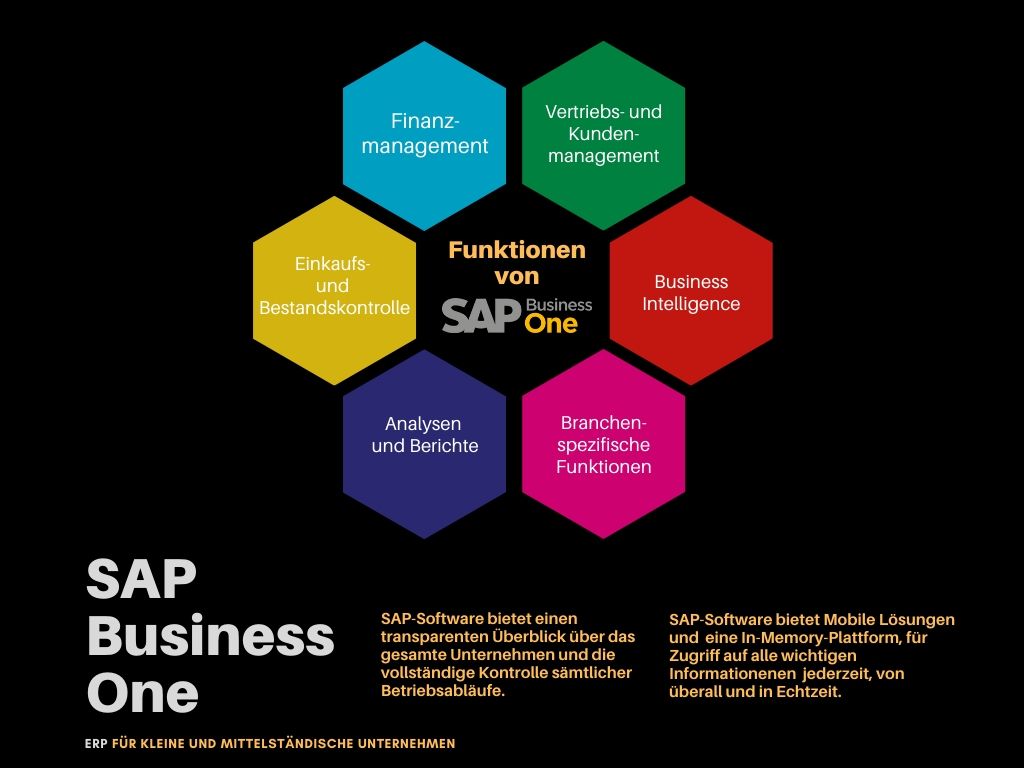

It is capable of being customized, and that includes integration of company-produced modules, if the default ones are not a “fit.” Oracle is powerful, to be sure, and can meet almost all business needs. Some of the default modules are not what a particular company needs, and this forces those companies to develop their own customized modules. For example, it can track inventory levels and automatically generate purchase orders when supply has fallen below a pre-set level.
#Sap business one vs sap erp manual#
Oracle also allows organizations to automate many processes, eliminating manual tasks, and thus errors. The Oracle platform is probably less user-friendly, and there may be a longer learning curve. Oracle ERP – Pros & Cons ProsĪmong Oracle’s functional strengths is the integration of numerous modules into one system – this increases ease of use. On the other hand, there are many factors that contribute to satisfaction rates, so any company looking for an ERP solution should consider the pros and cons of each.

Clearly, SAP has a way to go if it is to achieve a customer satisfaction rate that the others now enjoy. Functionality and Ease of UseĪ survey of users showed that 86% of Oracle users are more than 50% satisfied with its functionality 80% of Dynamics 365 users are and only 44% of SAP users are. Our team benchmarked the top three providers based on the popular assessment criteria for software. The benefits for small and mid-sized companies are obvious – cost and agility.Ĭosts are not the only factor to consider though when choosing the right ERP system for your business. In fact, the, shows that 64% of businesses and enterprises that have moved into ERP service solutions, are using a SaaS model, 21% are using cloud solutions, and only 15% remain with an in-house system.

Many large enterprises continue to maintain an in-house system, though that percentage is falling. All now offer SaaS, which is certainly more attractive to the smaller and mid-size enterprises that all three are attempting to “woo.” Relative to ERP software, the three “big boys” are Oracle, SAP, and Microsoft Dynamics 365. The Big Three: Oracle, SAP and Microsoft Dynamics Among the top three Tier I ERP providers, though there is room for that customization. A bank will have far different components, based upon its regulatory environment. For example, a healthcare enterprise will have a component that relates to regulations and HIPAA requirements. Obviously, there are other processes that are often placed within an ERP system, based upon unique organizational needs.
#Sap business one vs sap erp software#
The advantages of enterprise resource planning (ERP) software have been well established. Business Applications | Written by Dmitry Kotelva


 0 kommentar(er)
0 kommentar(er)
